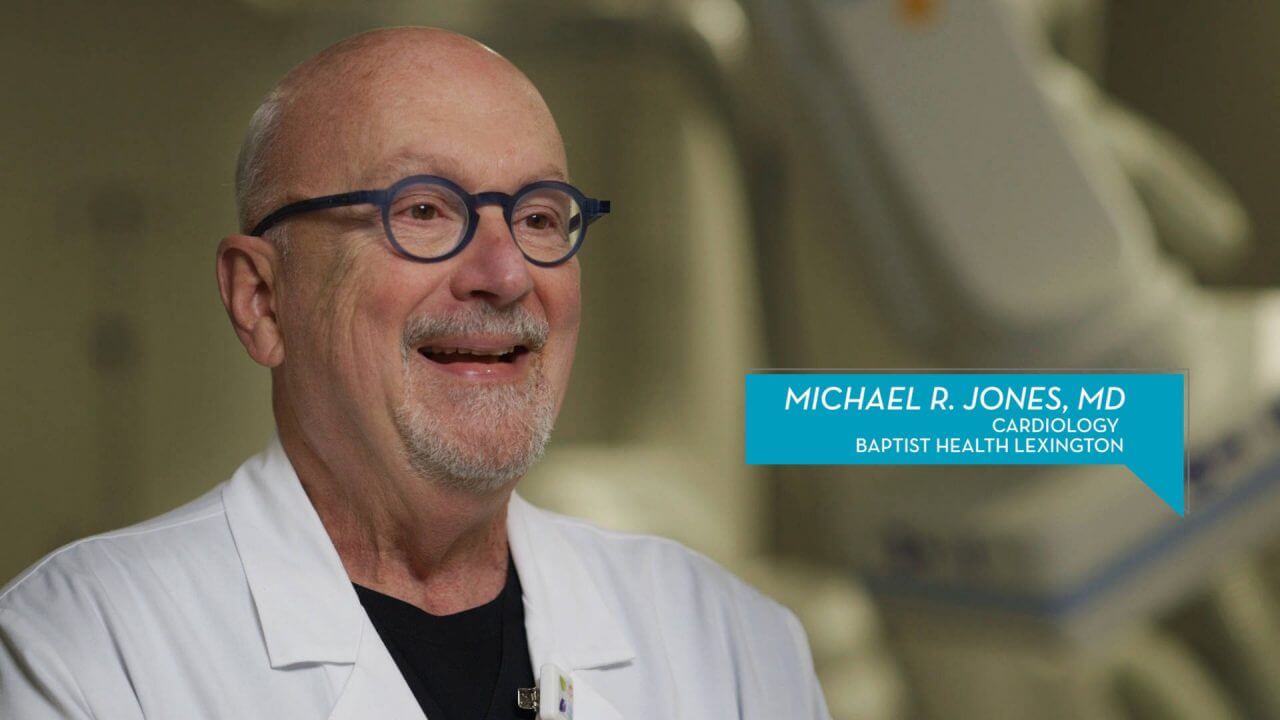Minimally Invasive TAVR Heart Procedure in Lexington, Kentucky
Baptist Health Lexington: Minimally Invasive TAVR Heart Procedure
The TAVR procedure, also known as transcatheter aortic valve replacement, is a minimally invasive technique that requires only a small incision in the chest. Learn how Baptist Health uses TAVR to treat heart disease.
Minimally Invasive TAVR Heart Procedure in Lexington, Kentucky HealthTalks Transcript
Anthony Rogers, MD, Cardiothoracic Surgery:
TAVR actually stands for transcatheter aortic valve replacement and actually, it’s not replacement, it’s implantation. The traditional way that we put aortic valves in would be to actually open the chest bone or what we call median sternotomy incision. That’s very invasive. The TAVR is unique in that it’s a minimally invasive technique. Initially, we were going through a small incision in the chest, and today, almost all the patients we’re able to access through the groin, and that’s what makes recovery so quick for these people.
The type of patients we would consider today for a TAVR would be an older patient who would need an aortic valve replacement and the patient who may have other morbidities, such as diabetes, previous history of heart surgery, perhaps bad lung disease. Those are some of the patients, because of other issues, who might be high risk, and those are the patients we particularly would be interested in today.
The recovery time for patients is many of them go home on the second day. They basically have no incisions, the vast majority of the patients, so they have relatively little pain compared to the traditional surgery.
I think the feedback from not only the patients, but the families, is incredible. Many of them are able to get back doing some of the activities they’d like to for their age, which is almost a miracle.



